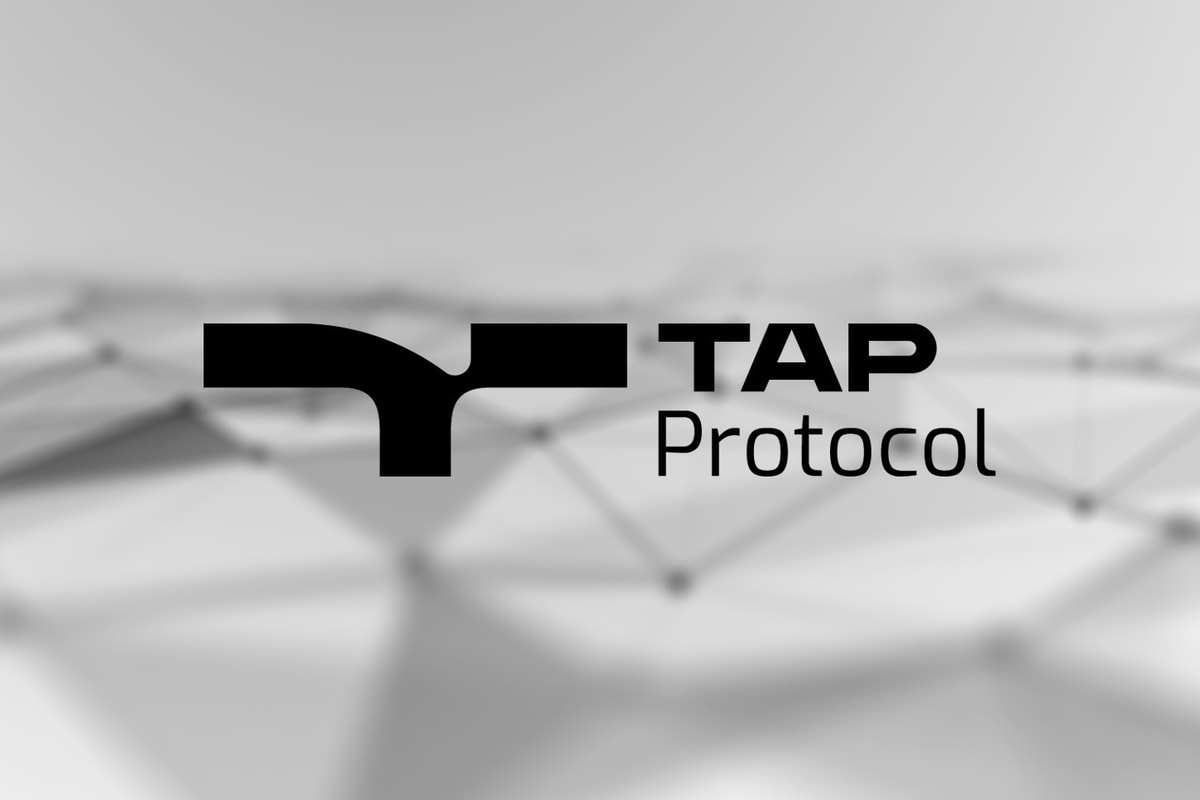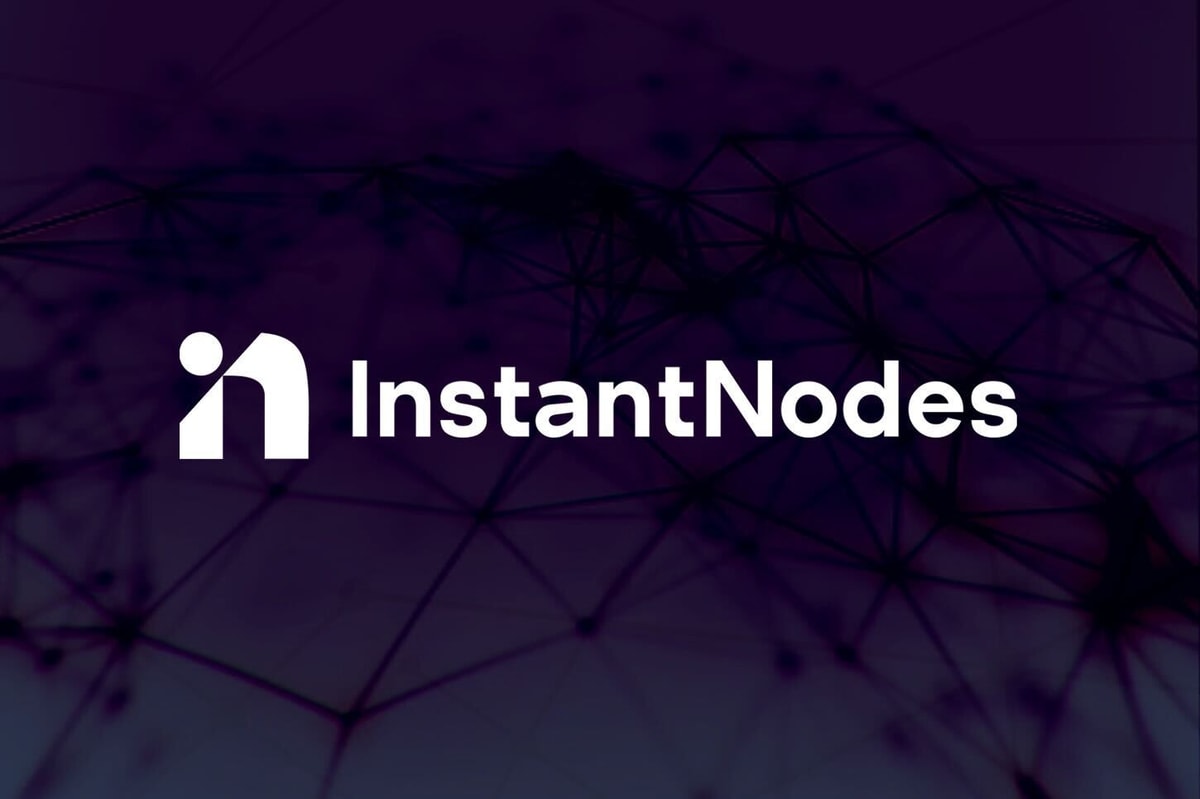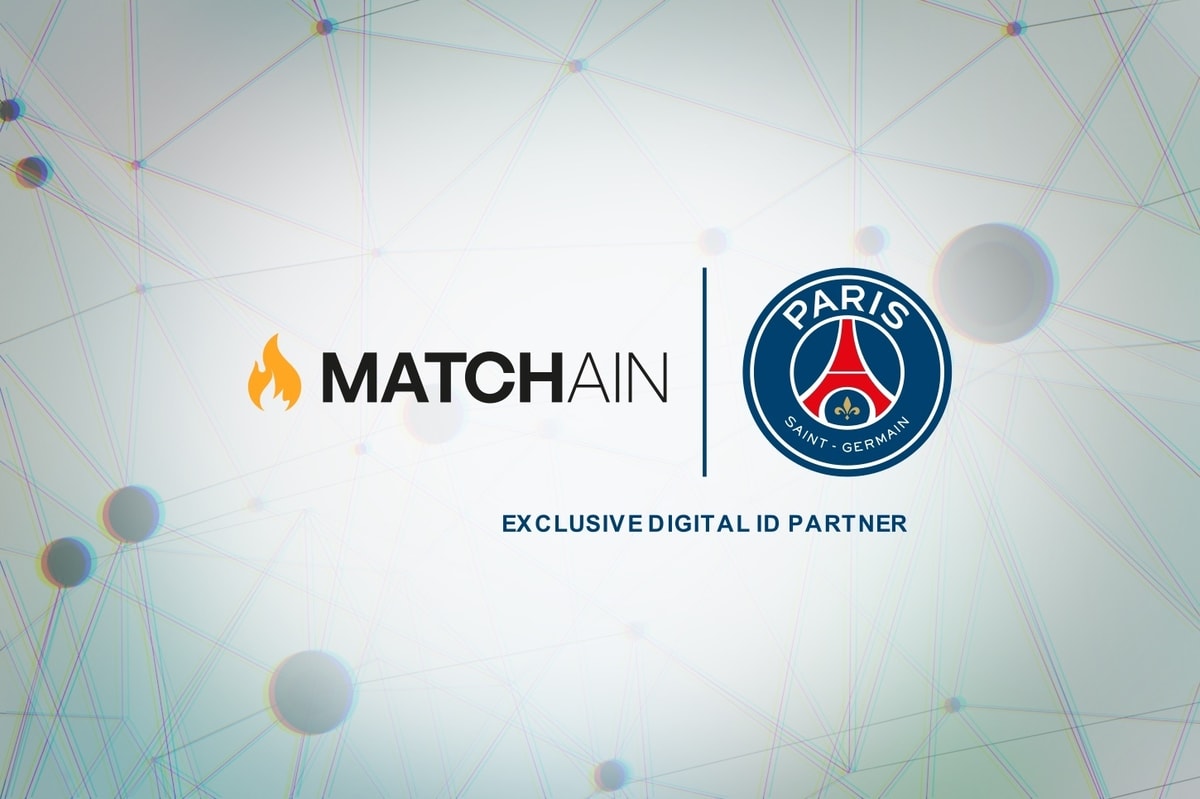On May 18, Cointegraph China held an online interview dialogue with Frank Miller, the Chief Scientist at Lever, the first AMM-based decentralized margin trading platform on Ethereum. Miller spoke in depth of how the algorithm of the DeFi model works and how Lever trades in DeFi.
According to Miller, Lever’s users can easily earn interest through lending and perform leveraged trading. Margin positions are realized through a decentralized loan pool. By putting up a margin deposit on Lever, traders are able to open a position with up to 3X leverage. He added that:
“Other than serving as collateral, your margin deposit will also earn interest for you, which makes Lever different from centralized exchanges.”
Miller continued to explain that lending and trading are the two most important parts of DeFi, however there is little intersection between them, which leads to lower asset utilization. At present, he pointed out that few lending agreements provide trading scenarios in the market, and most decentralized exchanges (DEX) do not provide lending services.
In addition, even if the user obtains transferable and tradable certificates of deposit in the loan agreement, there is no actual use scenario. So the original intention of Lever is to build a bridge between the existing lending agreement and the decentralized exchange, and ultimately improve the asset utilization rate of DeFi, says Miller.
Miller also revealed that Lever’s investors are all from the top institutions in DeFi, these Includes NGC ventures, Dao maker, au21 capital, CMS holdings, arkstream capital, and others will be disclosed later. In the near future, the project will also contact some strategic investment institutions in order to achieve the sustainable development of Lever in the future.
Attract users
Many activities will be initiated to attract more users to be onboard Lever. Miller says the platform has already launched liquidity mining and pledge activities on May 28th. He explained that:
It is an incentive mechanism to encourage users to actively participate in platform activities. Users can earn $Lev by depositing, borrowing or leveraged trading on the platform. When the user gets the interest from the zero cost deposit, the lever protocol will also get more transaction volume and total lock in volume.
As for pledge, unlike liquidity mining, users can provide liquidity for $LEV in Sushiswap and Pancakeswap and pledge LP tokens to lever to earn $lev. This will not only increase the liquidity of $LEV, but also enable $Lev providers to obtain higher benefits.
User asset security is Lever’s top priority, says Miller. With years of risk control programs in the financial technology industry, the Lever team has developed a multi-dimensional risk control system.In terms of security audit, the project hired Certik and Slowmist to conduct code audits.
In the aspect of liquidation innovation, Lever's liquidator can participate in liquidation at zero cost and obtain liquidation rewards. There is no need to advance debt assets like AAVE and Compound, says Miller.
Lever's risk reserve comes from many aspects, including transaction fees and mining output.
In the future, Miller reveals that they will support more public chains and emerging popular currencies to Lever platform. He added that:
“We also welcome more project parties to contact us and put on the shelves more deposits and loans of assets. More details can be found in our white paper and we are doing everything as planned. In the next release, professional traders can look forward to limit order, stop limit and other practical functions.”











